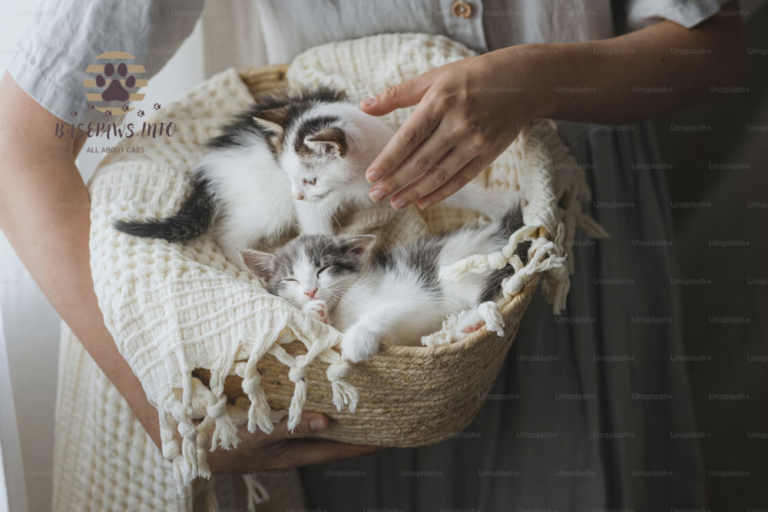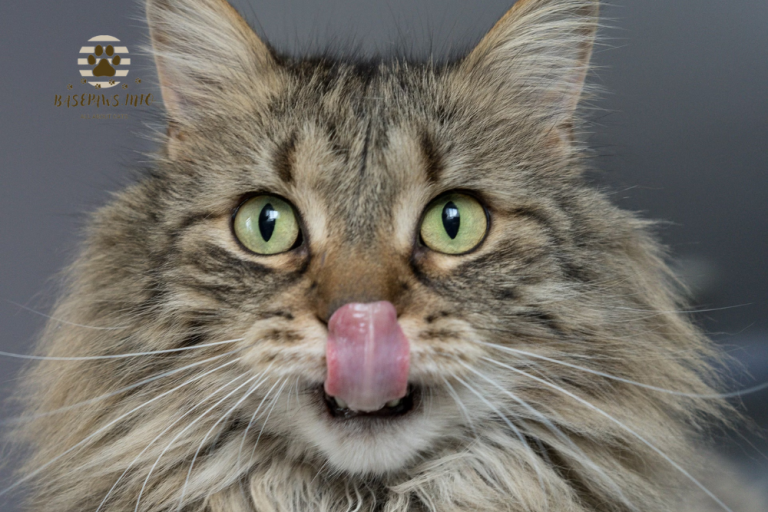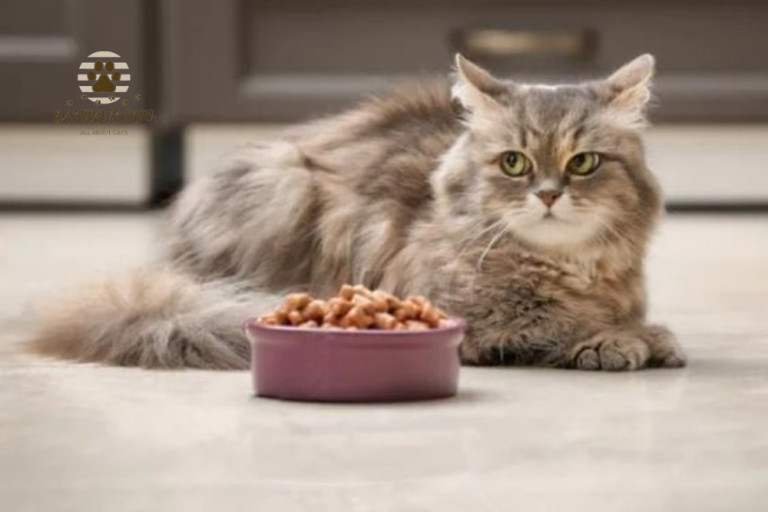Kitten Feeding Schedule Breakdown: An Essential Guide for Every Stage
Introduction
As a new kitten parent, ensuring your little furball gets the right nutrition at the right time can be a challenge. Kittens grow quickly, and their feeding requirements change as they develop. Getting the feeding schedule right is crucial for their health, growth, and energy. Many pet owners often ask, “What do kittens eat?” or “When should my kitten switch to adult cat food?” These are valid concerns that we’ll address in this guide.
In this article, we’ll explore every aspect of feeding your kitten, from the right kitten feeding schedule to the proper foods at each growth stage. You’ll learn about how much to feed a kitten, the benefits of raw feeding, and how to ensure your kitten transitions smoothly to adult cat food. With a proper feeding schedule and nutrition plan, your kitten will grow into a healthy and happy cat.
This comprehensive guide will also dive into feeding practices for orphaned kittens, nutritional needs over time, and even answer common FAQs about kitten care. By the end, you’ll have all the information you need to provide the best for your growing kitten.

Step-by-Step Guide for Healthy, Happy Kittens”
What Do Kittens Eat?
Kittens have specific dietary needs that differ from adult cats. Newborns rely solely on their mother’s milk or a commercial kitten milk replacer. As they grow, they transition to wet and dry kitten food rich in nutrients to support their development.
How Often Do Kittens Eat?
Kittens should eat small, frequent meals. For very young kittens, this could be as often as every two to three hours. As they grow older, you can reduce the number of feedings while increasing the portion sizes.
When Can a Kitten Eat Adult Cat Food?
Kittens can begin eating adult cat food at around 12 months of age. By this time, their nutritional needs shift, requiring fewer calories than they did as kittens. Switching too early can deprive them of essential nutrients needed for growth.
How to Transition a Kitten to Cat Food
Transitioning from kitten food to adult cat food should be done gradually. Start by mixing small amounts of adult food with their usual kitten food, increasing the adult food portion over a week. This allows their digestive system to adjust smoothly.
Feeding an Orphaned Kitten
Feeding an orphaned kitten requires using a commercial kitten milk replacer. You’ll need to bottle-feed them every two to three hours, ensuring the milk replacer is warmed to body temperature.
Using a Commercial Kitten Milk Replacer
Commercial kitten milk replacers contain the right balance of nutrients for newborn kittens. Never feed them cow’s milk, as it can upset their stomachs.
How Much to Feed a Kitten
The amount you feed a kitten varies based on their age. As kittens grow, their portions should increase while the frequency of feeding decreases. Refer to a kitten feeding schedule to determine the right amount for your kitten’s age and weight.
Kitten Nutritional Needs Change Over Time
A kitten’s nutritional needs change as they grow. Younger kittens need more fat and protein, while older kittens require a balance of carbohydrates, proteins, and fats for sustained energy and health.
Meow Menu: Sample Feeding Schedule for Your Kitten
Here’s a sample kitten feeding schedule you can follow based on a typical day:
- Morning Meal: Wet kitten food or milk replacer
- Lunch/Midday: Dry kitten food mixed with wet food
- Dinner Time: A balanced portion of wet and dry kitten food
Timing is Everything
Kittens benefit from scheduled feeding times. It helps regulate their digestion and ensures they receive consistent nutrition throughout the day.
Water Your Kitten
Always ensure your kitten has access to fresh water. Hydration is essential for digestion, and kittens may need encouragement to drink if they’re eating mostly dry food.
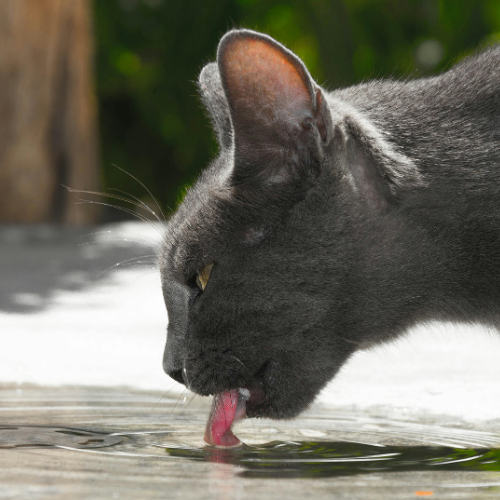
Benefits of Raw Feeding for Cats and Kittens
Raw feeding provides natural, unprocessed nutrients that can benefit your kitten’s growth. Raw diets may improve their coat condition, energy levels, and digestive health.
Bella & Duke Raw Cat and Kitten Food
If you’re considering raw feeding, Bella & Duke offer specially formulated raw food for kittens and cats. Their products contain all the nutrients your kitten needs for healthy development.
Our Kitten and Cat Food Ranges
The right food for your kitten depends on their age, activity level, and overall health. Choose products that are high in protein, rich in vitamins, and specifically designed for kittens.
The Ideal Cat and Kitten Food You Choose Should Be:
- Rich in protein
- Free from artificial preservatives and fillers
- Nutritionally balanced for growth and development
- Moist to support hydration
How Much to Feed a Kitten at Every Growth Stage
Understanding how much to feed a kitten at every stage is key to their growth and well-being.
Newborn Kittens
Newborns need to nurse from their mother or bottle-feed every 2 hours.
2 Week Old Kitten Feeding Schedule
Feed every 3-4 hours, using kitten milk replacer if needed.
3 Week Old Kitten Feeding Schedule
Introduce small amounts of wet food, but continue bottle-feeding.
4 Week Old Kitten Feeding Schedule
By this time, kittens can start eating solid wet food along with milk replacer.
5 Week Old Kitten Feeding Schedule
Increase the portion of wet food and reduce milk replacer feedings.
6 Week Old Kitten Feeding Schedule
Kittens should now primarily eat wet food, with reduced bottle feeding.
7 Week Old Kitten Feeding Schedule
Start introducing dry kitten food gradually.
8 Week Old Kitten Feeding Schedule
Kittens should be eating a combination of wet and dry food.
9 Week Old Kitten Feeding Schedule
Your kitten can now eat larger portions of solid food, adjusting as they grow.
10 Week Old Kitten Feeding Schedule
Feed small amounts of dry food mixed with wet food 3-4 times a day.
3 Month Old Kitten Feeding Schedule
Continue feeding a mix of wet and dry food, 3 times a day.
6 Month Old Kitten Feeding Schedule
At this age, you can reduce meals to twice a day.
7 Month Old Kitten Feeding Schedule
Keep feeding your kitten twice daily, transitioning to adult cat food soon.
Kitten Feeding Chart by Age
| Age | Meals per Day | Food Type |
|---|---|---|
| Newborn | 8-10 | Kitten milk replacer |
| 4-6 weeks | 5-6 | Wet kitten food & milk |
| 8-10 weeks | 4-5 | Wet/dry kitten food mix |
| 3-6 months | 3-4 | Wet/dry kitten food |
| 6-12 months | 2-3 | Adult cat food transition |
Feeding Wet Kitten Food vs. Dry Kitten Food
Wet food is high in moisture and protein, making it easier for kittens to digest, while dry food helps clean their teeth and provides added crunch.
When Can Kittens Eat Wet Food?
Kittens can start eating wet food at around 3-4 weeks old.
When Can Kittens Eat Dry Food?
Dry food can be introduced at around 7-8 weeks, but always mix with wet food initially.
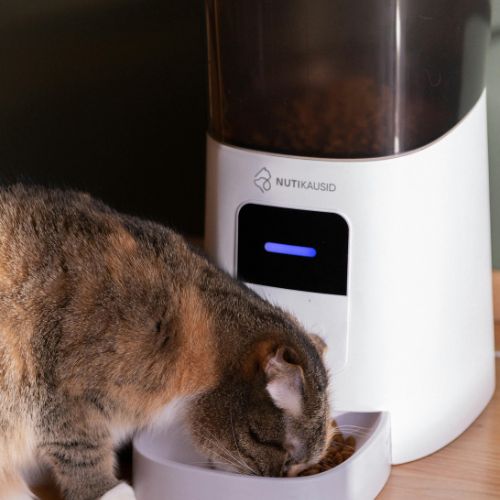
How Many Meals Should a Cat Eat in a Day?
Adult cats typically need two meals a day, but kittens may require 3-5 meals depending on their age.
Kitten Weight vs. Average Caloric Intake
| Kitten’s Weight (lbs) | Average Daily Caloric Intake (kcal) |
|---|---|
| 0.5 lbs | 55 – 65 kcal |
| 1 lb | 100 – 120 kcal |
| 2 lbs | 180 – 200 kcal |
| 3 lbs | 230 – 250 kcal |
| 4 lbs | 275 – 300 kcal |
| 5 lbs | 325 – 350 kcal |
| 6 lbs | 370 – 400 kcal |
What About Human Food?
Avoid feeding your kitten human food, as it may lack essential nutrients and can cause digestive issues. Stick to high-quality kitten food and treats.
FAQs
Should Kittens Take Supplements?
Most kittens don’t need supplements if they’re on a balanced diet. Always consult with your vet if you’re considering adding supplements.
How Much Exercise Does a Kitten Need in Between Meals?
Kittens are energetic by nature. Aim for 15-20 minutes of playtime after meals to keep them healthy.
Why Won’t My Kitten Gain Weight?
If your kitten isn’t gaining weight, they may have an underlying health issue, or they might not be getting enough food. Consult your vet.
Can Kittens Eat Cat Food?
Kittens can eat adult cat food once they reach 12 months. Before this, kitten food is essential for their growth.
Conclusion
Ensuring your kitten follows a proper kitten feeding schedule is crucial for their growth and development. By providing the right food at the right stages and monitoring their nutritional needs, you can help your kitten thrive into a healthy adult cat. From understanding when to switch to adult food to deciding between wet and dry options, following the guidelines in this article will make feeding time easier and more effective.


